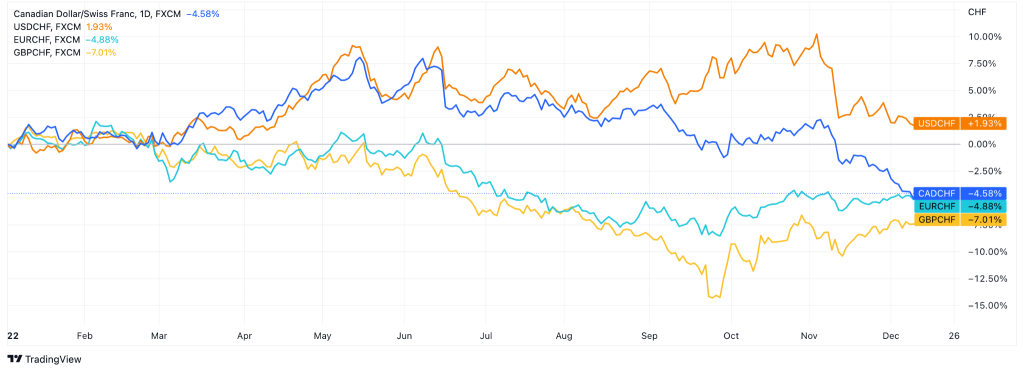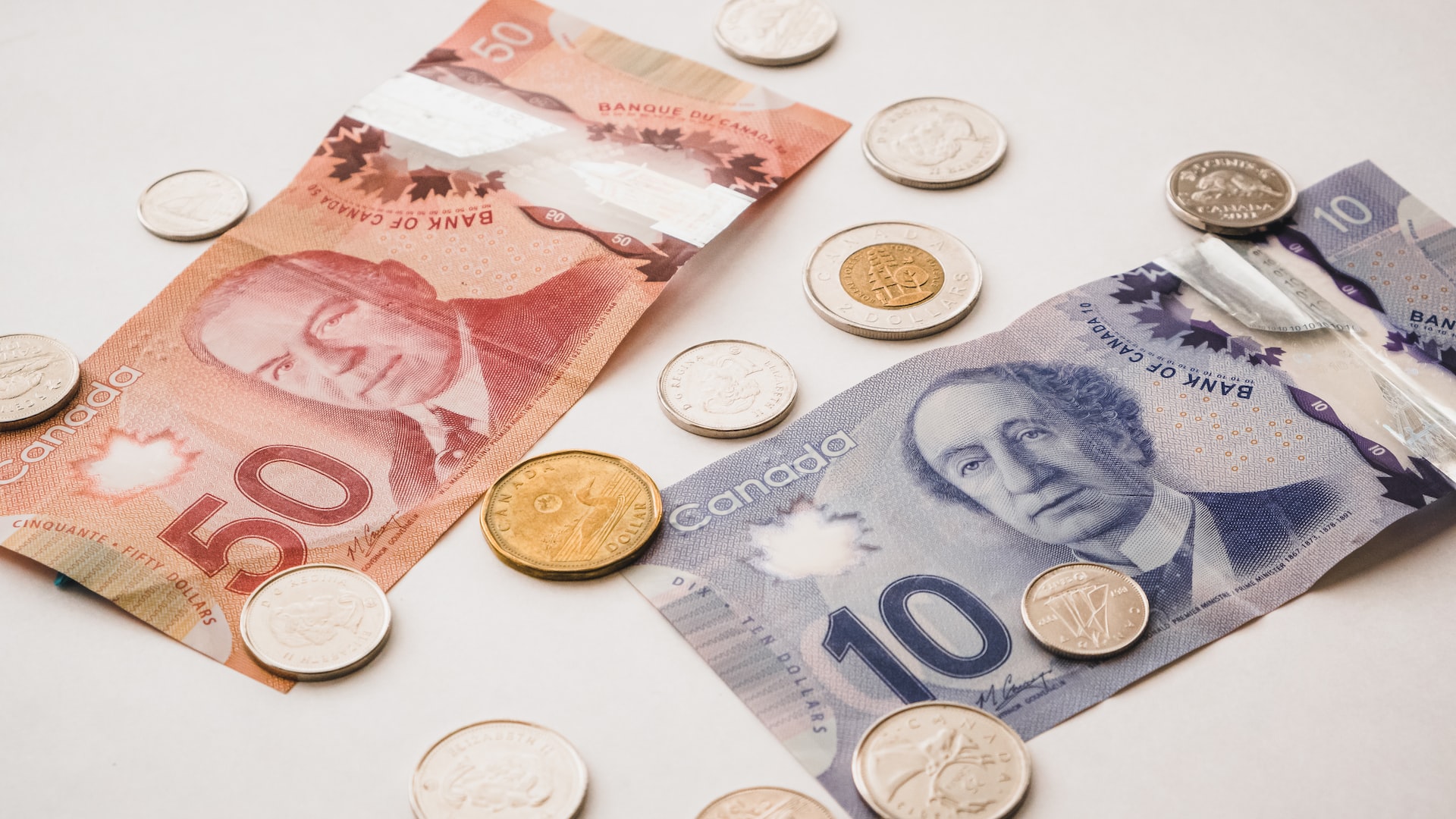Do you know that you can exchange 100 dollars to 136 dollars? It’s fair, legal and might be one of the greatest secrets of humanity. But if you wanna get profit, you’ll need to learn more practical things – like the factors that are able to affect the USD/CAD currency pair. It might help you to decide how this pair’s value will change in 2023, after the US dollar has increased by about 7% to the Canadian dollar this year.
There are two things we need to know about the Canadian dollar. The first one is the connection between the CAD and the USD. The US is the main channel for the Canadian export (not surprising given they are two neighbors with large economies). So, the movement of the US and the Canadian dollar in relation to other currencies are somewhat synchronized.
The second important fact about the CAD is its dependence on the commodity market. Canada is a big exporter of natural resources such as Brent crude oil. As a result, if commodity prices drop, the Canadian dollar tends to go down with it.
In addition, the USD/CAD ratio reflects the differences between the Canadian and the US GDP. This includes inflation levels, unemployment levels and interest rates. To monitor possible changes of these indicators, you can use an economic calendar, which shows all the important economic events.
At the same time, the US dollar remains the most popular currency for world crises. When all markets are decreasing, people tend to choose USD as their safe haven. Simultaneously, the Fed has increased the interest rate time and time again – making USD more profitable. And as it turns out, profit plus liquidity is a great combination for currency growth.
As mentioned above, the Canadian dollar is closely connected to the US dollar. That’s the reason why the CAD didn’t grow – unlike other major currencies – when the USD went down on rumors that the Fed plans to stop its hawkish policy. These relationships of USD/CAD are made pretty clear on the chart below.

The orange and the blue ones are almost fully synchronized as you can see. And the CAD was dropping alongside the USD when the EUR and the GBP were growing.
One more negative moment for the Canadian dollar is the seemingly never-ending anti-covid measures in China. They’ve been lowering the demand and subsequently the price for energy carriers.
Experts consider that in 2023 these restrictions might be brought to an end. If this is the case, it will be good news for the CAD – as well as energy carriers’ prices which will probably rise higher in the next year.
Most analysts forecast the Federal Reserve to change its hawkish policy in 2023. If the Fed stops hiking the key rate, the USD will be less attractive for investments. When the demand is decreasing, the same is happening with the currency.
Could this mean that the CAD will exceed the USD in the next year? It’s very likely. But the growth of the Canadian dollar to the US dollar might not be too significant. Especially if we bear in mind that these currencies are connected.
































































